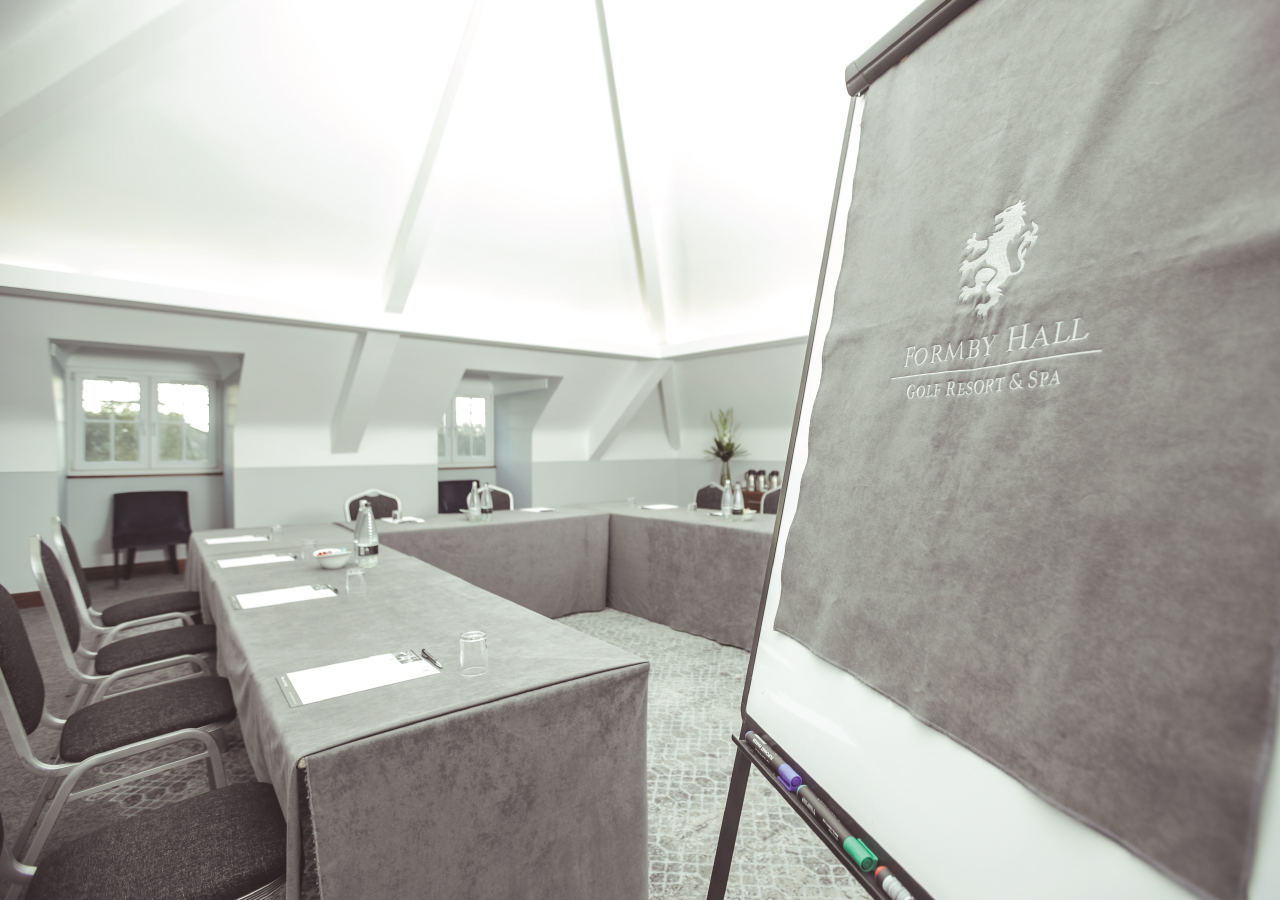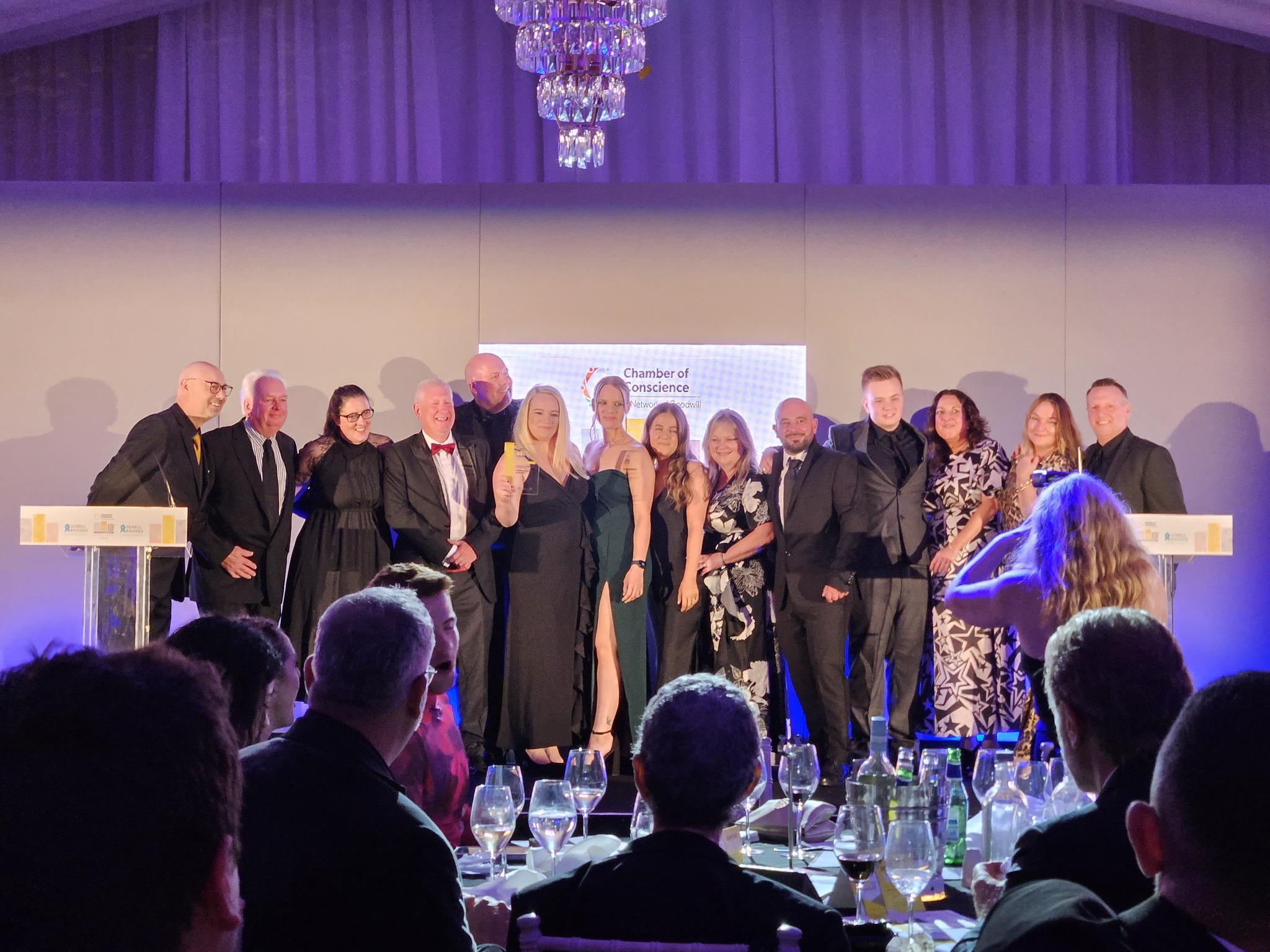A recent event hosted by Leicester Conferences at the University of Leicester saw scientists gather to discuss a monumental new space telescope scheduled for launch in 2013.
The James Webb Space Telescope (JWST) will be the successor the world famous Hubble telescope and will be almost three times its size. JWST has been designed to work the best at infrared wavelengths. This will allow it to study the very distant universe, looking for the first stars and galaxies that ever emerged. JWST will be the premier astrophysics observatory of the next decade.
The University of Leicester’s Space Research Centre – one of the biggest academic centres of its kind in Europe hosted a three day conference at the end of April 2009 in John Foster Hall, Oadby.
The University is closely involved in building an instrument on JWST known as MIRI (the Mid Infrared Instrument), a project being designed and built by a European Consortium of scientific institutions and industry, including the University of Leicester.
Dr John Pye, who is the University’s lead member for MIRI, said “It’s great to be able to welcome so many colleagues from around Europe to Leicester at this exciting time in the project. The James Webb Space Telescope will in a few years’ time succeed Hubble as the premier Astronomical space observatory, and will be used by thousands of scientists.” Dr Pye also added “Many thanks to all the staff at Leicester Conferences and the University in providing the services and facilities to ensure that the meeting ran successfully. I have received a number of very complimentary comments from our guests with regard to the quality of the facilities and the setting in general. The Leicester Conferences’ team were very helpful in meeting additional or changed needs at short notice, an important aspect for a meeting of this type.”






